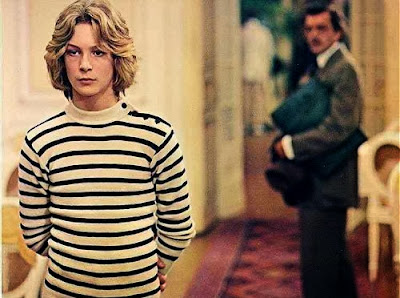From Persia with love
Genetic diversity is the essential mechanism by which populations adapt to changing environments. The diversity may be at the global level or at the micro level. As the celebrated Bach interpreter John Eliot Gardiner explained in his portrait of the master composer, genetic diversity is crucial in music - "it is typical of the inquisitive yet easy-going pragmatism of creative musicians in all ages that they should wish to source and acquire new techniques regardless of their provenance". He then goes on to explain that "As Kepler reportedly said, amid the massacres of religious wars: 'the laws of elliptical motion belong to no man or principality'. The same could be said of music".
That reference to the laws of elliptical motion is coincidentally auspicious. It is believed that the celebrated whirling of Sufis from the Mevlevi Order depicts planets in the Solar System orbiting the sun. The Mevlevi order was founded by followers of Jalāl ad-Dīn Muhammad Rūmī. Rumi was born in 1207 to Persian-speaking parents in a region now in Afghanistan which was then a centre of Persian culture with a strong Sufi tradition. When the Mongols invaded Central Asia early in the 13th century Rumi's family migrated westwards westwards through Persia - now Iran - and Iraq, finally settling in Konya in Anatolia, now part of Turkey. It is testimony to the power of genetic diversity that Rumi's migration provided the fertile soil from which his global reputation as a great transcultural figure grew. It is also deeply ironic that Rumi's spiritual education in the regions that are today Afghanistan, Iraq and Iran - all countries victims of recent American led 'intervention' - should lead to him becoming America's best-selling poet.
British-Turkish pianist Joanna Goodale picks up on the themes of Bach, Sufism, cultural diversity and the elliptical motion of the Mevlevi dervishes in her new album Bach in a Circle. This juxtaposes vanilla Bach, including celebrated transcriptions by Busoni, Kempff and Siloti, with Joanna's own Sufi Bach improvisations inspired by the poetry of Rumi and the 13th century Turkish poet Yunus Emre. All too often this kind of project is more Bach/Sufi collision than Bach/Sufi fusion. But Joanna's classical training - she studied at the Haute Ecole de Musique de Genève with Dominique Weber who in turn was a pupil of Léon Fleisher - means it is often difficult to tell where Bach ends and Goodale begins, which is high praise indeed.
With the death of bricks and mortar record stores at the hands of Amazon I now depend on readers for these serendipitous discoveries, and my thanks go to the reader who provided the heads up on Bach in a Circle. When I contacted Joanna Goodale she kindly provided a review copy which has provided hours of rewarding listening. Her vanilla Bach is impeccable and her thoughtful improvisations are Bach nuanced by Sufi, rather than vice versa. But we're losing nuances and nuances are very underrated. Which means Bach in a Circle, which can also be performed as a multi-disciplinary project, needs all the support it can get. I have no professional connection with Joanna. But I would urge any festival curators wishing to showcase cultural diversity in a subtle and beguiling form to contact her.
For me the most impressive thing about this new album is that it prompted me to listen to non-Sufi Bach again with fresh ears. Elliptical motion is a powerful force indeed, as T. S. Eliot tells us in Little Giidding:
We shall not cease from exploration, and the end of all our exploring will be to arrive where we started and know the place for the first time.
Header graphic comes from a Sufi improviser of a very different sort, the Turkish musician and multi-disciplainary artist Mercan Dede. New Overgrown Path posts are available via RSS/email by entering your email address in the right-hand sidebar. Any copyrighted material is included for critical analysis, and will be removed at the request of copyright owner(s).











Comments